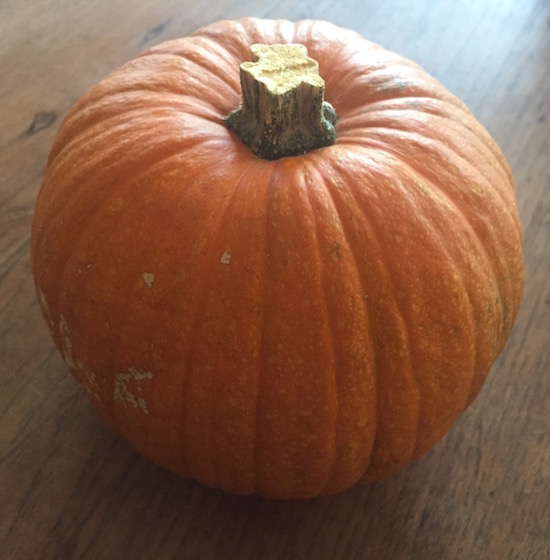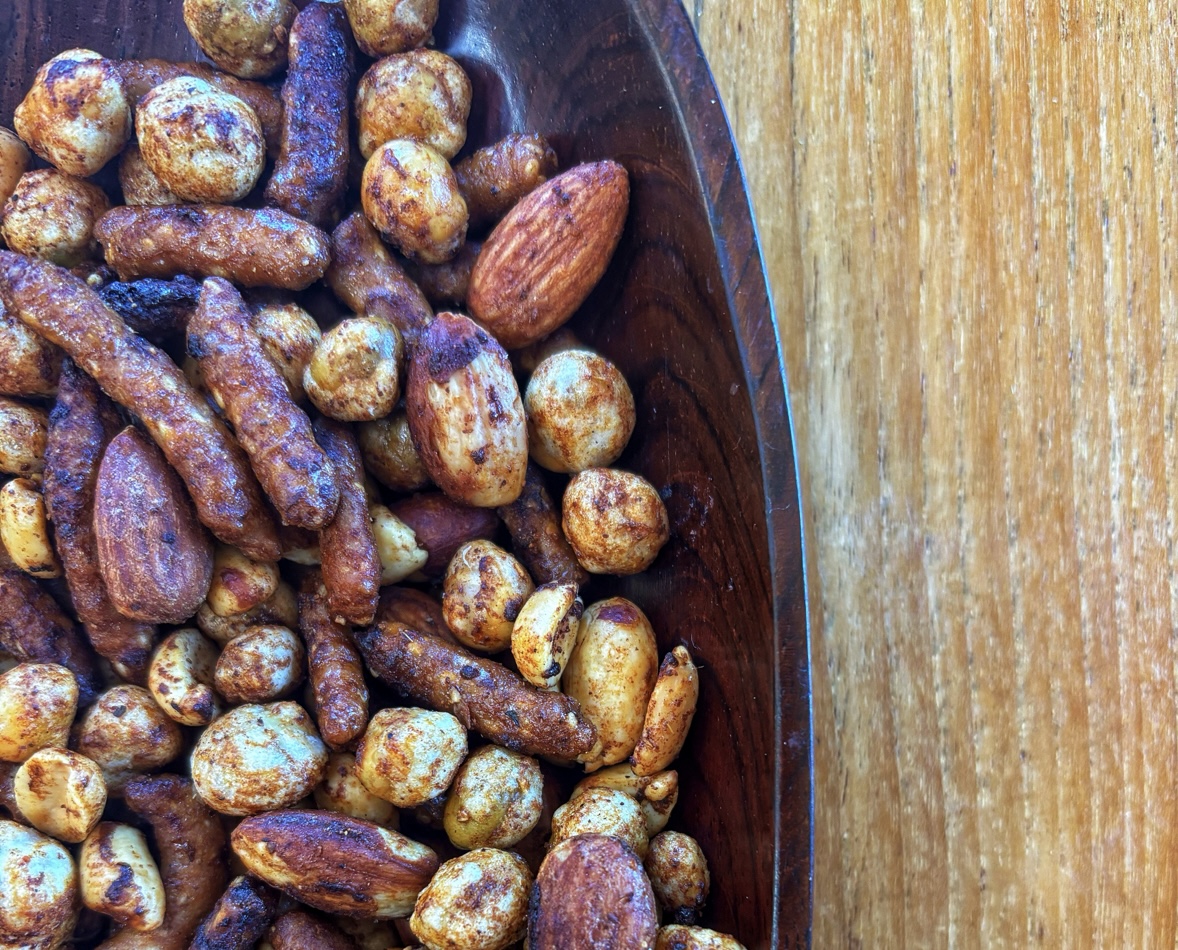
The National Retail Federation estimates 68.5 million Americans will buy a pumpkin to carve this year, an increase of 5 percent in the past five years. While your thoughts may be on carving pumpkins in this coming week, remember that pumpkins make for some great eating. All varieties of pumpkins are edible (and don’t forget the pumpkin seeds!)
The word ‘pumpkin’ has been used to describe so many different types of pumpkins and gourds. Often when visiting a pumpkin patch, the farmer will have a sign describing the type of pumpkin (such as Cinderella, Fairytale, or white), but which pumpkins are good for eating, which are good for decorating?
Pumpkins are part of the Cucurbitacae and of the Genus Cucurbita. There are three main species that use the common name pumpkin: Cucurbita Maxima, Cucurbita Moschata and Cucurbita Pepo.
Cucurbita Maxima is considered the largest of the pumpkins, with certain varieties reaching more than 100 pounds. Their names include: Green Delicious Hubbard, Turban, and Atlantic Giant.
Cucurbita Moschata pumpkin varieties include White Crooked Neck Squash, Butternut and the Dickinson, which is the pumpkin most often used in canned pumpkin.
Curcubita Pepo is commonly referred to as the Connecticut Field Pumpkin as is the one most commonly used to decorate homes. It is great when mashed, or in a pumpkin pie. Other pumpkins in this species include the acorn squash, small sugar, summer squash and zucchini.
A Pumpkin Primer: Source: Melissa’s Great Book of Produce
Baby pumpkins (orange, white) Orange skins, about softball size
Generally used for ornamental purposes or as containers. When baked, flesh has a subtle sweet potato taste and is fairly dry.
Fairytale: Deeply fluted orange, almost-tan skin. Flesh is bright orange. Primarily used for ornamental purposes. Flesh can be pulpy and stringy.
Common (orange). Bright orange skin and flesh. Fairly thin walls make them suitable for carving. Mild, fairly bland taste.
Mini (orange and white): Orange and white skin, smaller than softball size, generally baseball size. Moderately fluted. Use ornamentally or as containers. Flesh is faintly sweet and can be stringy.
Sweet, Pie: These cooking varieties have shallower fluting and more spherical. They have thicker walls and are generally smaller than carving pumpkins; when comparing same-sized pumpkins, cooking pumpkins feel heavier than common carving pumpkins. Deeper flavor and added sweetness.
White: Most commonly basketball size with creamy white skin. Very mild flavor. Generally used for ornamental purposes.
Pumpkin Cooking Tips from Melissa’s Great Book of Produce by Cathy Thomas (John Wiley & Sons, Inc.)
To cook flesh, cut off stem end with a sturdy knife. Scoop out membranes and seeds with a sturdy spoon (reserve seeds for roasting). If not baking whole, but pumpkin into wedges, then peel and cut into chunks.
To cook flesh, boil or braise trimmed chunks in a small amount of water or broth, or steam trimmed chunks. Puree, if desired. Pumpkin chunks can be brushed with a vegetable oil or olive oil, and then grilled.
To use as a container, scoop out the seeds and membranes. Use raw or bake on a sturdy, rimmed baking sheet at 325 degrees F until the flesh is tender.
Whichever pumpkins you choose, they are all edible and good for you too. So, eat and enjoy!
A few pumpkin recipes:


